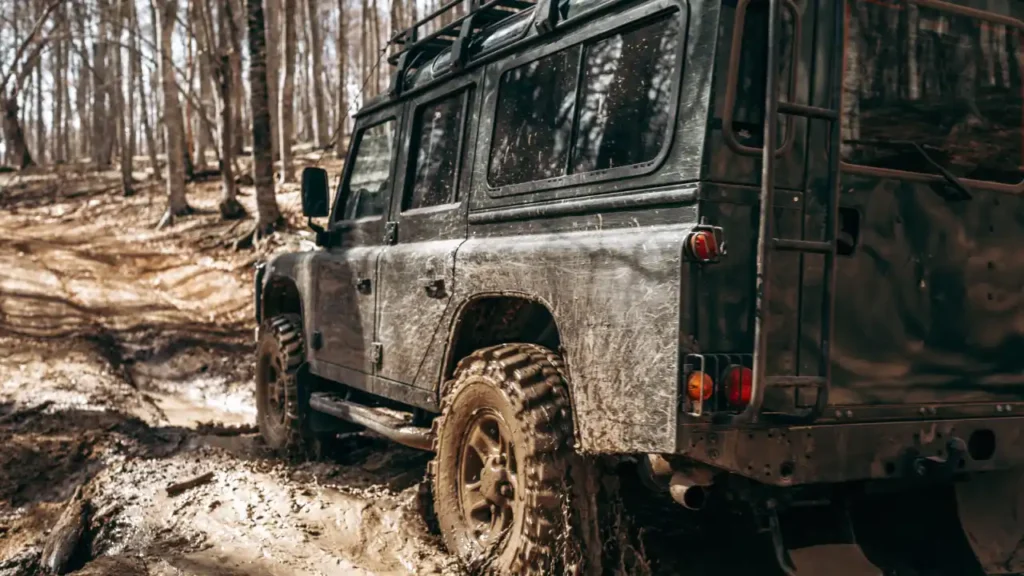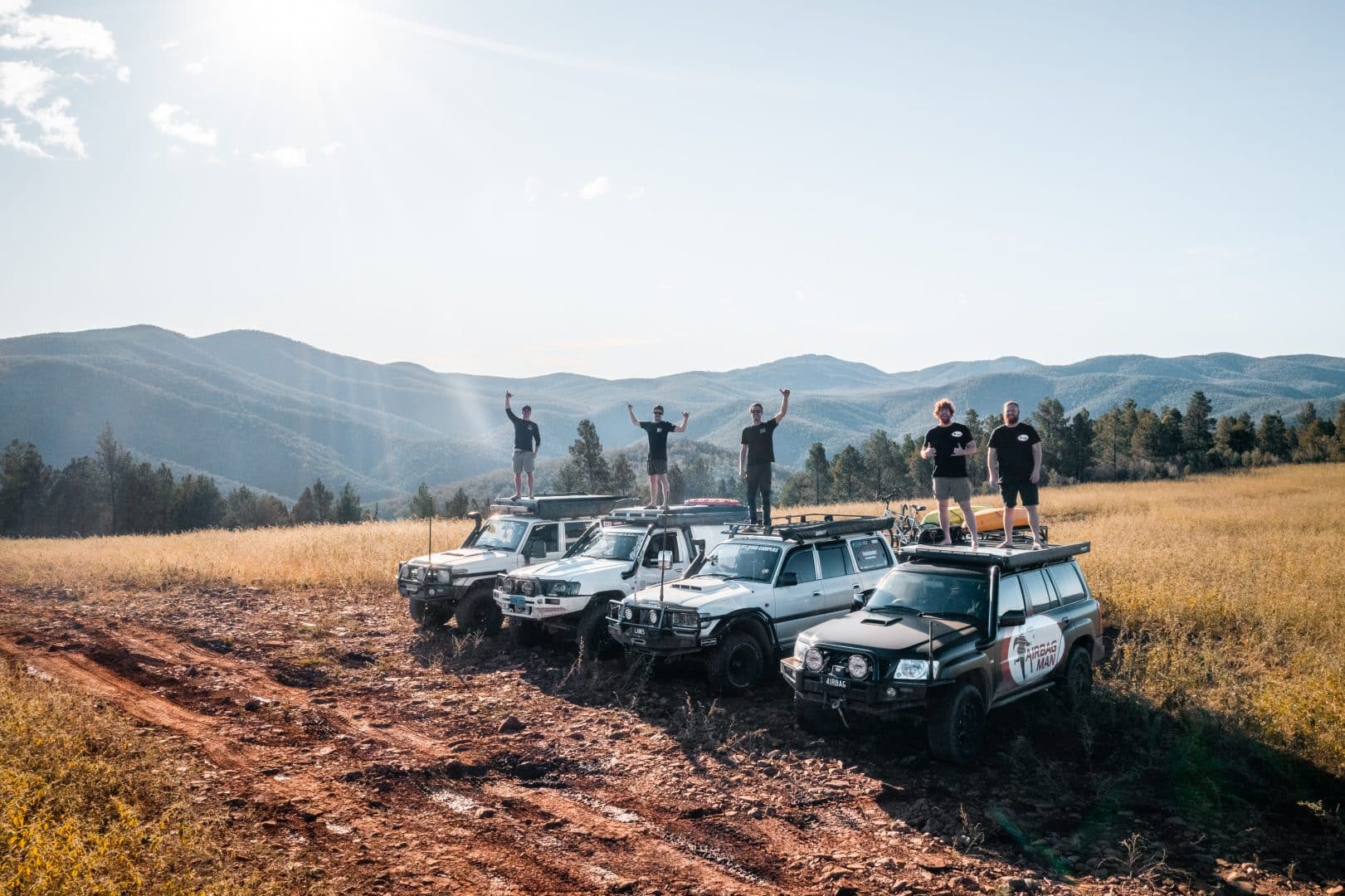
Free monthly entries to ALL giveaways
+1 every month
+5 every month
+10 every month
5%
125
150
350
100
100
50
Cancel membership anytime
Terms apply
apply

Written by
Admin
Published
August 20, 2024
Australia offers a vast, rugged landscape that is perfect for off-road adventuring, but the rocky terrain can be particularly challenging even for experienced drivers. Whether you’re navigating the challenging tracks of the Victorian High Country or the rocky outcrops in the Kimberley, knowing how to tackle rocky ground is crucial. Here’s your guide to driving on rocky terrain, packed with expert tips to keep your adventure on track.
Before setting off, familiarize yourself with your vehicle’s ground clearance, approach and departure angles, as well as its 4WD system. A vehicle with a high ground clearance and good off-road capabilities is best suited for rocky terrain. Data trends show that models like the Toyota Land Cruiser and the Jeep Wrangler are popular choices due to their robust off-road features. It’s also important to inspect the terrain ahead; look for stable rocks and solid ground to avoid tire damage or getting stuck.
When driving on rocky terrain, maintain a slow and steady speed. The mantra ‘as slow as possible, as fast as necessary’ holds true. Abrupt movements can lead to wheel spin or slippage, which could cause you to lose control. Use low-range gears to maximize power and control. It’s essential to constantly scan the road ahead and choose a line that avoids the largest rocks but also takes advantage of the tire tread gripping larger surfaces safely.
Different types of rocks require different approaches:
Communicate with any passengers or other vehicles in your group. Spotting, where someone gets out to guide the driver over particularly tricky sections, is a common practice and helps prevent damage. It’s also crucial to be environmentally responsible: Maintain existing tracks and avoid creating new paths that may lead to erosion or other environmental damage.
Finally, keep an eye out for weather changes, as even small amounts of rain can significantly alter the difficulty of rocky trails. Australian conditions are notorious for their unpredictability, hence it’s essential to be prepared for a sudden shift in weather.
Tackling rocky terrain requires not just the right equipment and vehicle modifications but also patience, skill, and foresight. As you spend more time mastering different trails, you’ll enhance your skills and ability to navigate even the most challenging rocky paths. Stay safe, and enjoy the unparalleled thrill of conquering Australia’s rocky landscapes through off-roading!